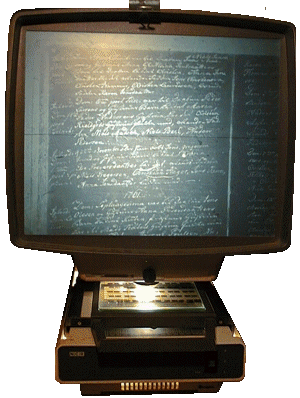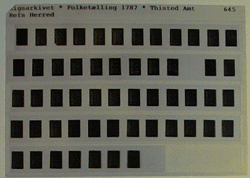
A genealogy researcher is like a detective - in order to find out the truth, it's important to know or find out what's not among the data available.

Before any ancestor-search itís essential to collect every known data from the living of the family as long back in time as possible.
All detail, stories or rumor in the family counts. Then digging up all detail about the dead family from church and county registry, family photo, tombstone, newspaper etc.
In order to make a brake-through with your research linked who-where-when information is important, since Who-where-when linked clew simply is necessary entry to the archives. But sometime other stories lead to that. Every informativ fragment or clue is vital to your success, even if it appears to be altered by time or is wrong.
When a brake-through happents, it will lead you to the relevant Archives. The remainings research will not be easy, but it will be easier.
To prevent wear most of the original records only is available in copy. Some as Xerox and film to use at the archives but most on microfiche, also available for sale.
To read the microfiche a reader like that depicted on the left is needed.
It is (yet) not possible to scan a microfiche as the image is reduced by 25-30 times the original times.
 So a small picture can only be enlarged and copyed optical. (Newer equipment able to manage the job is now available, but yet to expensive).
So a small picture can only be enlarged and copyed optical. (Newer equipment able to manage the job is now available, but yet to expensive).
General are the available records of churchevents and census for sale in Denmark not younger than 1891, since the main project of filming stopped then - the sales catalogue contains the available microfiche up to then. Itís therefor normally necessary to know or find out elsewhere the connection to the family mentioned in the available records - especially if personal visit to the archives not is possible. Click at the microfiche at right to order at The National Archives Filmning Center.
When visit to archive is limited by time itís important to know precisely what to look for and where. Otherwise it could be disappointing to find out that the wanted information either not available or placed elsewhere. Some newer records only is available in original and may be ordered from stores that delay the search from ours to several days or even weeks. Itís therefor important not to go for only one single information or two, but prepare the visit with the largest available amount of alternate search entry in priority order.